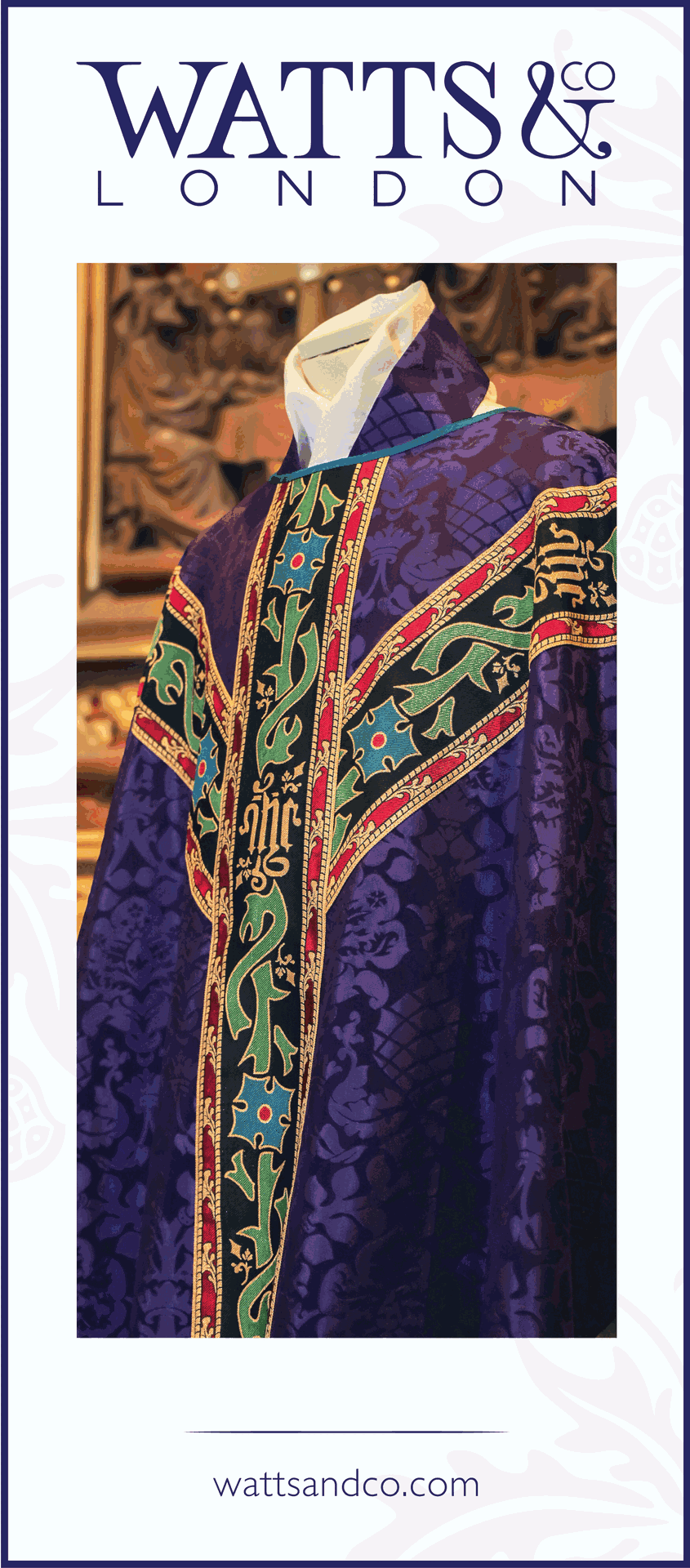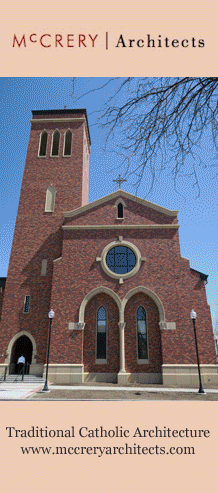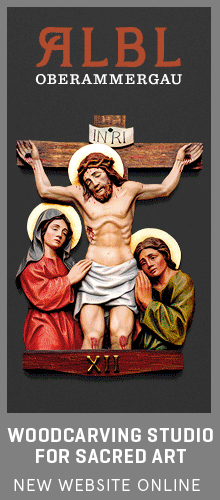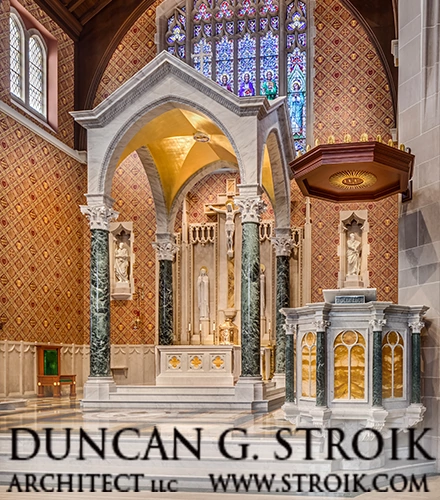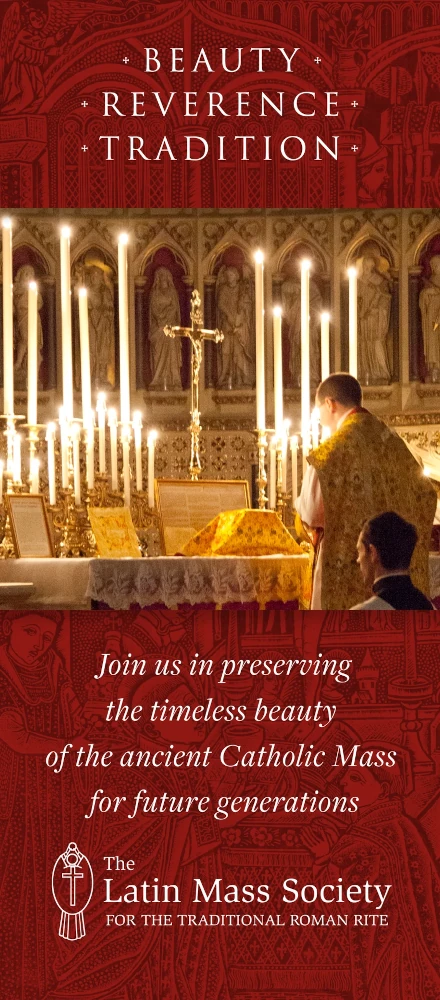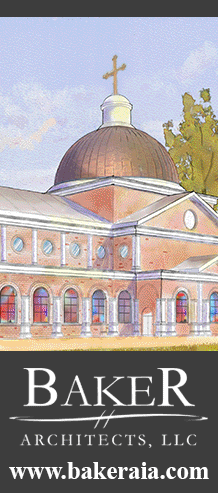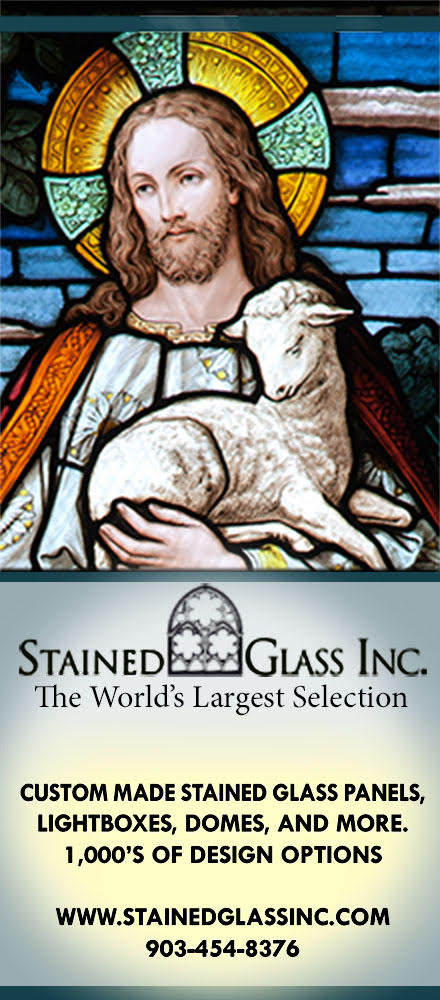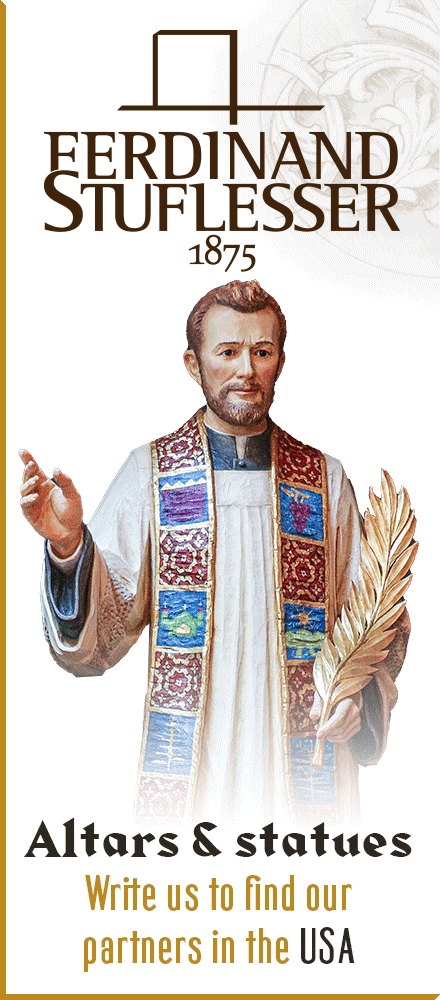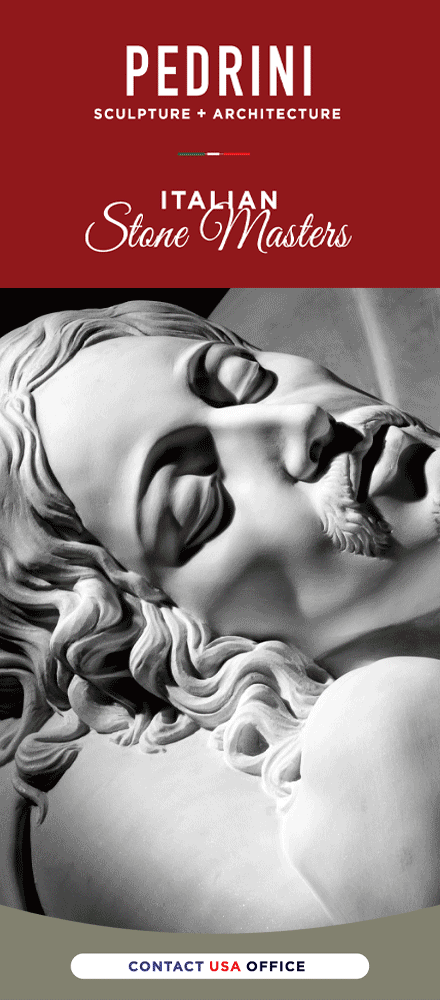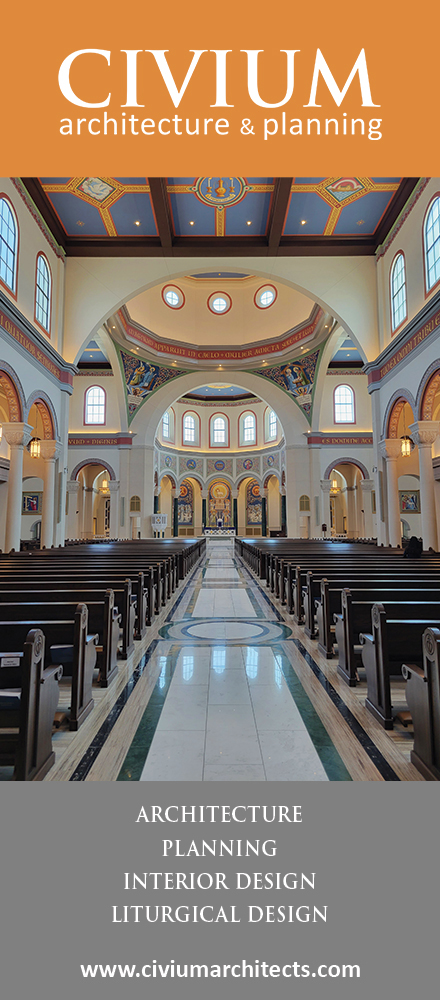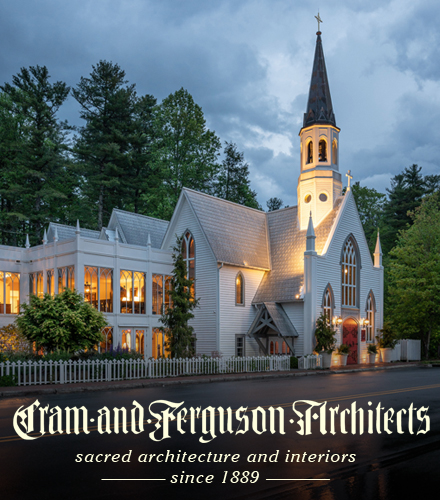From ZENIT
Q: In what circumstances can a cathedral be used for a non-liturgical purpose such as a concert of secular operatic arias? -- B.N., Bunbury Australia
A: This theme was addressed in a declaration on "Concerts in Churches" published by the Congregation for Divine Worship and the Sacraments in November 1987 (Protocol No. 1251/87). The English version of the text appeared in Sacred Music, Volume 114, N. 4 (Winter) 1987. Among other sites it is available electronically at adoremus.org.
For brevity, we will limit ourselves to quoting its practical norms. It is also possible that individual bishops' conferences or even individual bishops publish norms that apply these principles to concrete situation:
"III. Practical Directives
"8. The regulation of the use of churches is stipulated by canon 1210 of the Code of Canon Law:
"In a sacred place only those things are to be permitted which serve to exercise or promote worship, piety and religion. Anything out of harmony with the holiness of the place is forbidden. The Ordinary may, however, for individual cases, permit other uses, provided they are not contrary to the sacred character of the place.
"The principle that the use of the church must not offend the sacredness of the place determines the criteria by which the doors of a church may be opened to a concert of sacred or religious music, as also the concomitant exclusion of every other type of music. The most beautiful symphonic music, for example, is not in itself of religious character. The definition of sacred or religious music depends explicitly on the original intended use of the musical pieces or songs, and likewise on their content. It is not legitimate to provide for the execution in the church of music which is not of religious inspiration and which was composed with a view to performance in a certain precise secular context, irrespective of whether the music would be judged classical or contemporary, of high quality or of a popular nature. On the one hand, such performances would not respect the sacred character of the church, and on the other, would result in the music being performed in an unfitting context ….
"9. Sacred music, that is to say music which was composed for the Liturgy, but which for various reasons can no longer be performed during a liturgical celebration, and religious music, that is to say music inspired by the text of sacred scripture or the Liturgy and which has reference to God, the Blessed Virgin Mary, to the saints or to the Church, may both find a place in the church building, but outside liturgical celebration. The playing of the organ or other musical performance, whether vocal or instrumental, may: 'serve to promote piety or religion.' In particular they may:
"a. prepare for the major liturgical feasts, or lend to these a more festive character beyond the moment of actual celebration; b. bring out the particular character of the different liturgical seasons; c. create in churches a setting of beauty conducive to meditation, so as to arouse even in those who are distant from the Church an openness to spiritual values; d. create a context which favors and makes accessible the proclamation of God's word, as for example, a sustained reading of the Gospel; e. keep alive the treasures of Church music which must not be lost; musical pieces and songs composed for the Liturgy but which cannot in any way be conveniently incorporated into liturgical celebrations in modern times; spiritual music, such as oratorios and religious cantatas which can still serve as vehicles for spiritual communication; f. assist visitors and tourists to grasp more fully the sacred character of a church, by means of organ concerts at prearranged times.
"10. When the proposal is made that there should be a concert in a church, the Ordinary is to grant the permission 'per modum actus.' These concerts should be occasional events. This excludes permission for a series of concerts, for example in the case of a festival or a cycle of concerts.
"When the Ordinary considers it to be necessary, he can, in the conditions foreseen in the Code of Canon Law (can. 1222, para. 2) designate a church that is no longer used for divine service, to be an 'auditorium' for the performance of sacred or religious music, and also of music not specifically religious but in keeping with the character of the place.
"In this task the bishop should be assisted by the diocesan commission for Liturgy and sacred music.
"In order that the sacred character of a church be conserved in the matter of concerts, the Ordinary can specify that:
"a. Requests are to be made in writing, in good time, indicating the date and time of the proposed concert, the program, giving the works and the names of the composers.
"b. After having received the authorization of the Ordinary, the rectors and parish priests of the churches should arrange details with the choir and orchestra so that the requisite norms are observed.
"c. Entrance to the church must be without payment and open to all.
"d. The performers and the audience must be dressed in a manner which is fitting to the sacred character of the place.
"e. The musicians and the singers should not be placed in the sanctuary. The greatest respect is to be shown to the altar, the president's chair and the ambo.
"f. The Blessed Sacrament should be, as far as possible, reserved in a side chapel or in another safe and suitably adorned place (Cf. C.I.C., can 928, par. 4).
"g. The concert should be presented or introduced not only with historical or technical details, but also in a way that fosters a deeper understanding and an interior participation on the part of the listeners.
"h. The organizer of the concert will declare in writing that he accepts legal responsibilities for expenses involved, for leaving the church in order and for any possible damage incurred.
"11. The above practical directives should be of assistance to the bishops and rectors of churches in their pastoral responsibility to maintain the sacred character of their churches, designed for sacred celebrations, prayer and silence."
Copyright 2006 Zenit
Wednesday, September 20, 2006
Non-liturgical music in Churches outside the liturgy
Shawn TribeMore recent articles:
Summer Graduate-Level Sacred Music Study - Tuition-freeJennifer Donelson-Nowicka
The May 1st application deadline is approaching for summer graduate courses in sacred music at the Catholic Institute of Sacred Music. Graduate-level study structured for busy schedulesIn-person, intensive course formatsAffordable room & boardFree tuitionLearn more and apply here.Courses:Choral InstituteComposition SeminarOrgan ImprovisationIn...
The Last Service of EasterGregory DiPippo
Following up on Monday’s post about the service known as the Paschal Hour in Byzantine Rite, here is the text of another special rite, which is done after Vespers on Easter day itself. It is brief enough to show the whole of it with just one photograph from the Pentecostarion, the service book which contains all the proper texts of the Easter seaso...
Should Communion Sometimes Be Eliminated to Avoid Sacrilege?Peter Kwasniewski
In a post at his Substack entitled “Nobody is talking about this in the Catholic world,” Patrick Giroux has the courage and good sense to raise the issue of the indiscriminate reception of the Lord at weddings and funerals where many attendees are not Catholics, or, if Catholics, not practicing, not in accord with Church teaching, or not in a state...
Update on the Palestrina500 Festival in Grand RapidsPeter Kwasniewski
On Friday, February 14th, the feast of Saint Valentine, Sacred Heart of Jesus Parish in Grand Rapids, MI welcomed Gesualdo Six from London to sing a choral meditation and Mass for the parish's yearlong Palestrina500 festival.The choral meditation consisted of:Palestrina: Litaniae de Beata Virgine Maria a6Antoine Brumel: Sub tuum praesidiumJosquin d...
Catholic Education Foundation Seminar 2025: The Role of the Priest in Today’s Catholic SchoolDavid Clayton
July 16-18, at the Athenaeum of Ohio (the seminary of the Archdiocese of Cincinnati).Fr Peter Stravinskas of the Catholic Education Foundation is once again offering this excellent three-day seminar, intended primarily for bishops, priests, and seminarians. It is entitled The Role of the Priest in Today’s Catholic School.For further information: c...
Pope Francis RIPGregory DiPippo
Deus, qui inter summos sacerdótes fámulum tuum Franciscum ineffábili tua dispositióne connumerári voluisti: praesta, quáesumus; ut, qui Unigéniti Filii tui vices in terris gerébat, sanctórum tuórum Pontíficum consortio perpétuo aggregétur. Per eundem Christum, Dóminum nostrum. Amen.Courtesy of Shawn Tribe and Liturgical Arts JournalGod, Who in Thy ...
The Byzantine Paschal HourGregory DiPippo
In the Roman Rite, the minor Hours of Easter and its octave are celebrated according to a very simple and archaic form, which consists solely of the psalmody, the antiphon Haec dies, and the prayer, with the usual introduction and conclusion. (Haec dies is labeled as an “antiphon” in the Breviary, but it is identical to the first part of the gradu...
Easter Sunday 2025Gregory DiPippo
An icon of the Harrowing of Hell made in Constantinople in the late 14th century.Let all partake of the feast of faith. Let all receive the riches of goodness. Let no one lament their poverty, for the universal kingdom has been revealed. Let no one mourn their transgressions, for pardon has dawned from the grave. Let no one fear death, for the Savi...
The Twentieth Anniversary of Pope Benedict XVI’s ElectionGregory DiPippo
On this Holy Saturday, we also mark the 20th anniversary of the election of His Holiness Pope Benedict XVI. Let us remember with gratitude the gift of his papacy, his graciousness and good humor, his many wise and well-considered writings, his paternal love especially for priests and religious, but of course above all, his restoration to the Church...
Holy Saturday 2025Gregory DiPippo
The Harrowing of Hell, by Duccio di Buoninsenga, 1308-11 R. Recessit pastor noster, fons aquae vivae, ad cujus transitum sol obscuratus est; * nam et ille captus est, qui captivum tenebat primum hominem: hodie portas mortis et seras pariter Salvator noster disrupit. V. Destruxit quidem claustra inferni, et subvertit potentias diaboli. Nam et ill...

